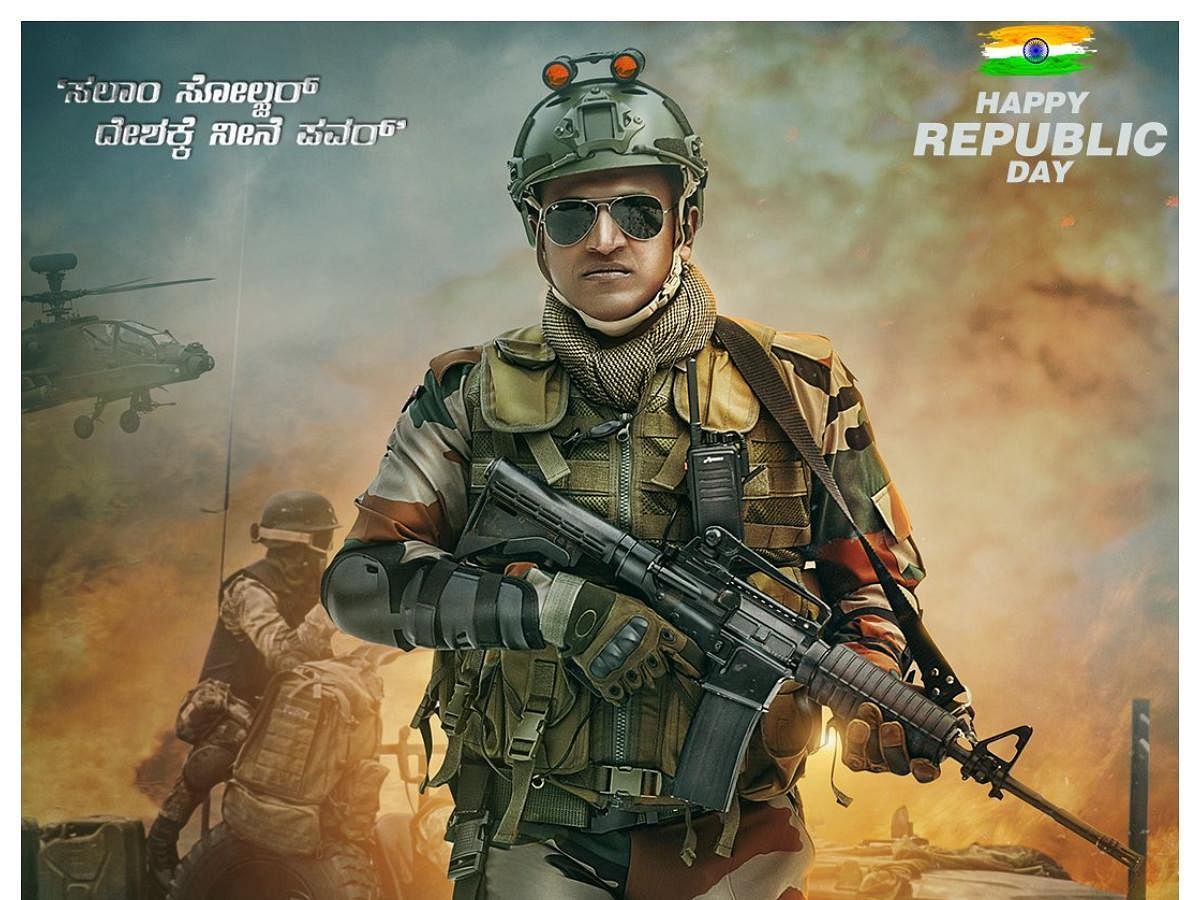
The re-release of ‘James’ in Puneeth Rajkumar’s voice recently reflects the growth of technology in dubbing.
Following the untimely death of the Kannada star last year, the film’s director Chethan Kumar attempted to enhance the actor’s voice from recordings from the shooting spots. But due to a lack of clarity and energy in speech, he explored other options such as mimicry and voice modulation.
When none of the techniques convinced him, Chethan settled for dubbing the dialogues in the voice of Shivarajkumar, Puneeth’s brother. It was the safest option ahead of the fast-approaching deadline of the film’s release, which was scheduled for Puneeth’s first birth anniversary (March 17).
But a month later, fans were in for a surprise. The makers re-released the film on an OTT platform and in the theatres, redubbing Puneeth’s dialogues in a voice that sounded quite like him. The man responsible for this feat was Srinivasa Rao, a sound engineer and dubbing artiste working in the Telugu film industry.
Fondly called Pappu, he has 25 years of experience in the field but this technology was a tough nut to crack. Pappu and his Hyderabad-based research team, which involves many IT professionals, were involved in voice-based technological research for close to three years.
“It was tough to implement this technique by the first release date of the film. We had almost cracked the challenge but I didn’t want to promise the director,” Pappu tells DHon Saturday.
The team works for a company that has Telugu star Prabhas as one of its directors. Pappu wants to reveal less about the technology but claims that it is the first attempt in the world. He calls it a complicated process. So how did he do it?
It’s a three-step voice-recreation process that measures the frequency, pitch, and amplitude of a sample voice (in this case Shivarajkumar’s voice). The output from this is matched with the voice of the actor, he explains.
Pappu had received 15 hours of Puneeth’s audio, which was a collection of his interviews, films, and shows. But there were challenges. “There was a difference in mics. Condenser mikes are used in films while dynamic mics are chosen for interviews and shows. There was an issue of difference in sound sensitivity of the voices,” he points out.
Post the successful attempt, the team wants to utilise this method for pan-India films dubbed in several languages, including the foreign ones. “The success of ‘Baahubali’ films inspired us to think of this technology,” he says.
Prabhas’ ‘Adipurush’ is set to adopt the technology.